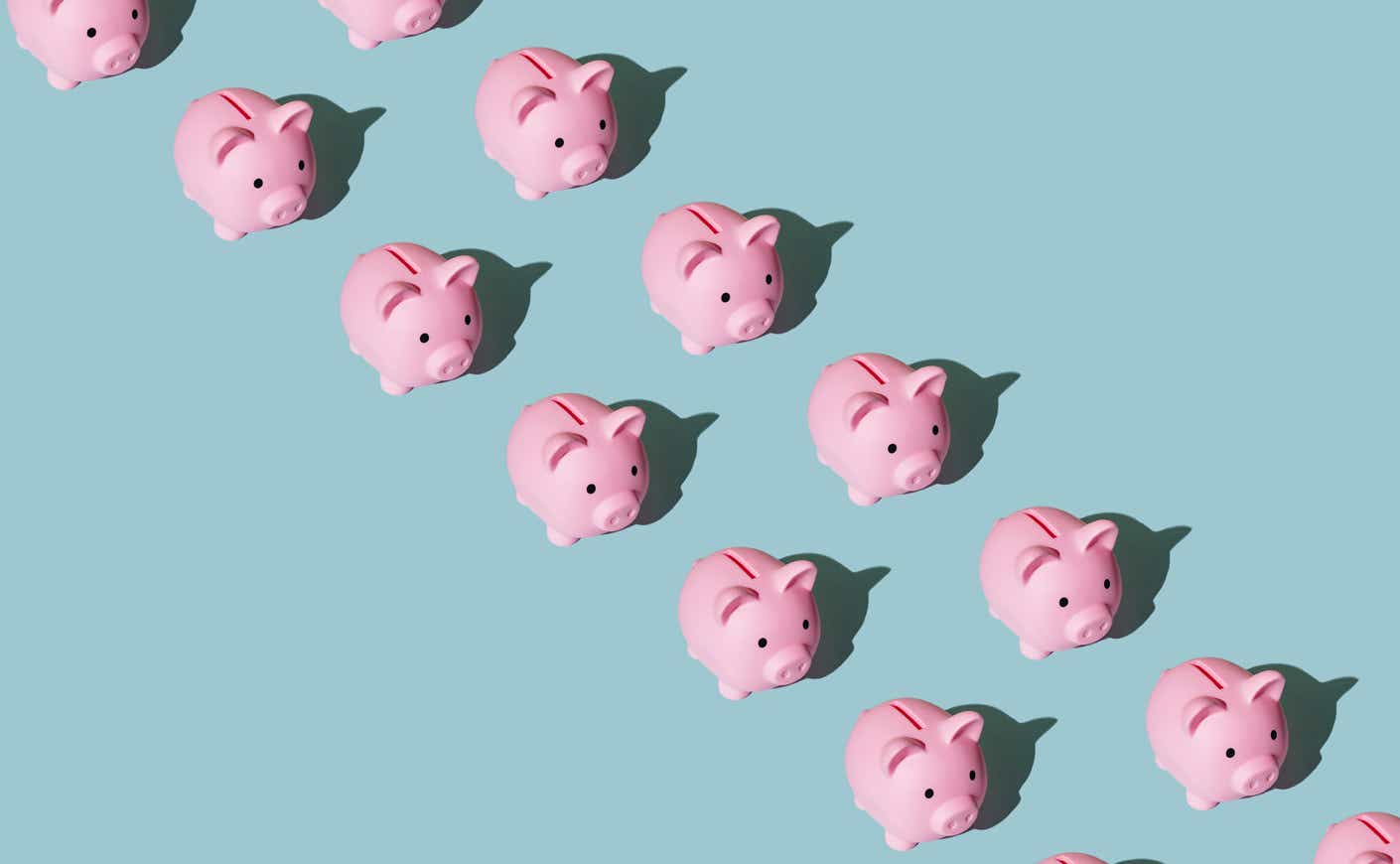Imagine walking into a store where everything you buy is taxed at a higher rate simply because of your gender. It sounds absurd, yet this is the reality for women in the U.S., thanks to the gender tariff gap — a hidden but deeply consequential economic penalty. Women’s goods, specifically, footwear and apparel, are taxed at disproportionately higher rates than men’s. On average, imported male clothing is taxed at 13.6 percent, while the rate for imported female clothing is 16.7 percent — more than 3 points higher.
This isn’t just an inconvenience; it’s part of a broader pink tax — a systemic overpricing of
products and services marketed to women. From shampoo to dry cleaning to healthcare,
women consistently pay about 7 percent more, 50 percent of the time for essential goods and services. The gender tariff gap adds another layer to this financial burden, further limiting women’s purchasing power.
Combined with the aggregate gender pay gap, where women earn just 83 cents for every dollar men make, not only do women have less money coming into their wallets, they have more money going out. These additional financial penalties widen economic disparities. When women have less disposable income, they spend less, invest less, and contribute less to economic growth.
The Gender Tariff Gap: A Barrier to Economic Growth
On average, women pay an apparel import tax that is over 3 percent higher than men’s for comparable products, creating a $2.77 billion gender tariff gap. This disparity is not theoretical — it’s something that you’ve likely seen at stores, whether you’ve noticed it or not. Women’s wool jackets, for example, face a 16 percent tariff, compared to just 6 percent for men’s. Silk blouses marketed to women are taxed at 26.9 percent, while men’s silk shirts are taxed at only 11.2 percent. Footwear is another area where the gap is glaring: women’s leather shoes are taxed at 10 percent, while men’s equivalents are taxed at 8.5 percent.
This means that before women even make a purchase, they’re already paying more just to participate in the economy. Every $1 in additional costs translates to a $3 to $4 increase at the register, meaning the real cost of the apparel gender tariff gap balloons to $8 to $11 billion in extra consumer spending. Over time, these costs compound, restricting financial mobility and deepening wealth gaps. The reality? Households led by women hold 45 percent less median wealth than those led by men. This systemic financial disadvantage doesn’t just limit opportunities for women — it weakens economic stability for everyone.
Recent policy changes have worsened the issue. Under the Trump administration, tariffs on Chinese imports raised the costs of everyday consumer goods, disproportionately affecting items predominantly purchased by women, such as apparel, footwear, and beauty products. These tariffs — intended to pressure China in trade negotiations — have functioned as a regressive tax on American consumers, particularly women. How? Tariffs take a larger percentage of income from low-income Americans — and women make up 69 percent of American workers earning at or below minimum wage. In other words, women are bearing the brunt of this tax hike. And let’s not forget — these tariffs are projected to be the largest tax increase on Americans since 1993. They are hitting consumers at a time when inflation-adjusted wages have already declined by $2.74 over the past four years. Adding to the pressure, consumer prices surged 0.5 percent in January — the fastest pace in 17 months — pushing the annual inflation rate to 3 percent.
The Federal Reserve halved its projected interest rate reductions for 2025, noting that the uncertainty surrounding trade policies is rippling throughout the market. But as the government looks to strengthen the economy, they seem to be overlooking a powerful lever: addressing the gender tariff gap. When women pay more for necessities while earning less, their economic power weakens.
This isn’t just a problem for individual women — it’s a problem for the entire economy. A weaker consumer base means slower business growth, suppressed wages, and reduced economic resilience. Eliminating the gender tariff gap and reforming trade policies to ensure women’s goods are not taxed at a higher rate could return billions of dollars to consumers, boosting spending, increasing demand, and strengthening economic stability.
Katica Roy is a gender economist and the CEO and co-founder of Pipeline, a SaaS platform that leverages AI to drive economic gains through closing the gender equity gap.









